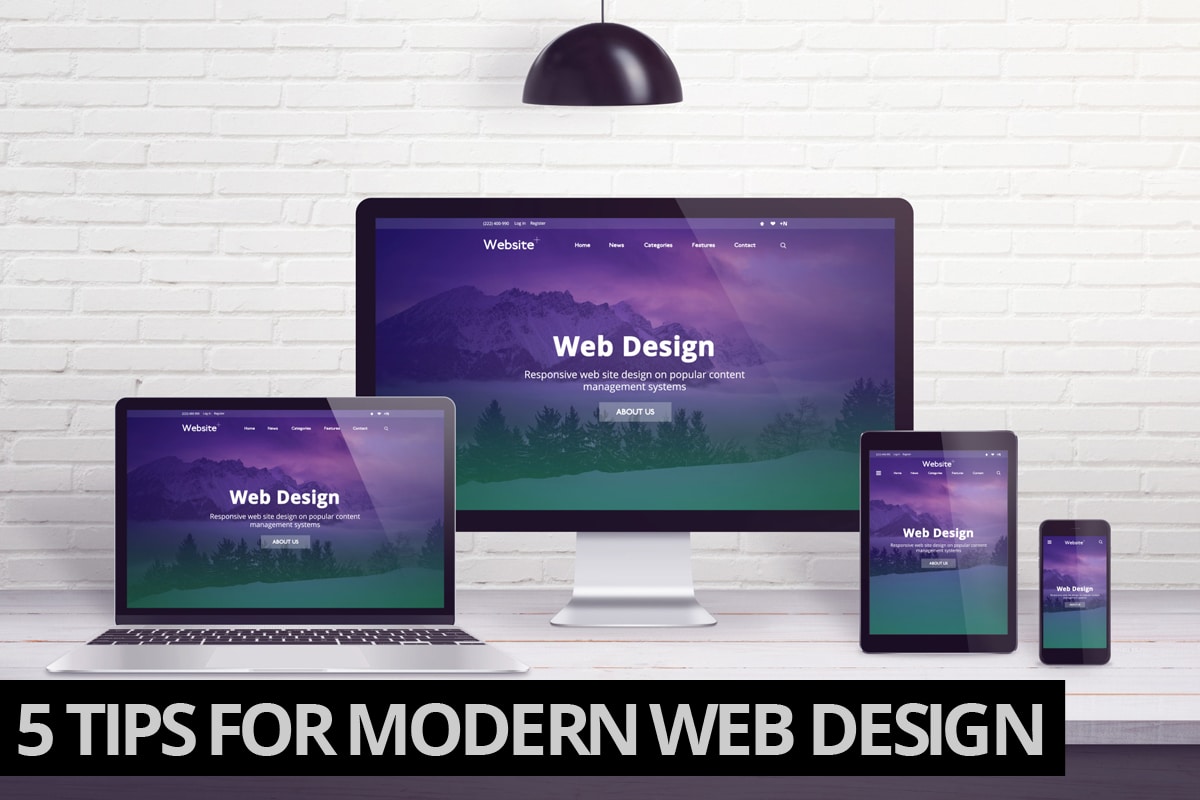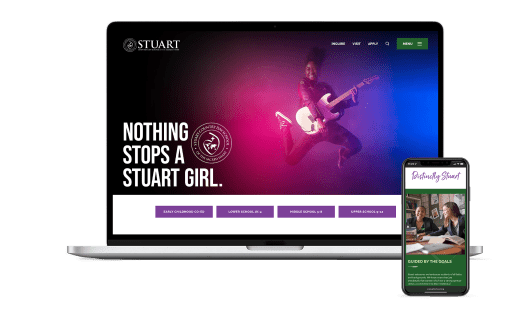Website Design Inspiration to Improve Visitor Engagement
Website Design Inspiration to Improve Visitor Engagement
Blog Article
Crucial Principles of Web Site Style: Creating User-Friendly Experiences
In the realm of web site design, the production of straightforward experiences is not just an aesthetic quest however a fundamental requirement. Vital concepts such as user-centered style, user-friendly navigation, and availability act as the backbone of reliable digital platforms. By concentrating on individual demands and preferences, developers can cultivate engagement and complete satisfaction, yet the ramifications of these concepts prolong beyond mere performance. Comprehending how they link can considerably impact a site's overall performance and success, prompting a more detailed exam of their private duties and collective impact on individual experience.

Value of User-Centered Design
Prioritizing user-centered design is vital for producing reliable internet sites that fulfill the needs of their target audience. This method puts the customer at the leading edge of the layout process, making sure that the website not just operates well but likewise reverberates with users on an individual degree. By comprehending the users' preferences, goals, and actions, designers can craft experiences that promote engagement and complete satisfaction.

Moreover, taking on a user-centered layout philosophy can result in enhanced access and inclusivity, satisfying a diverse target market. By considering various customer demographics, such as age, technical proficiency, and social histories, designers can create sites that are welcoming and functional for all.
Eventually, focusing on user-centered design not just boosts customer experience yet can likewise drive key organization end results, such as boosted conversion prices and customer loyalty. In today's affordable electronic landscape, understanding and prioritizing customer needs is a crucial success aspect.
User-friendly Navigating Frameworks
Effective internet site navigating is typically an essential variable in boosting individual experience. Instinctive navigating structures allow customers to locate info promptly and effectively, lowering disappointment and boosting engagement.
To produce user-friendly navigation, designers should prioritize clearness. Labels should be familiar and detailed to individuals, staying clear of jargon or unclear terms. An ordered framework, with main categories bring about subcategories, can better aid customers in comprehending the relationship between different sections of the site.
Furthermore, including aesthetic cues such as breadcrumbs can direct customers through their navigating path, allowing them to conveniently backtrack if needed. The addition of a search bar also boosts navigability, granting individuals guide accessibility to web content without needing to navigate with numerous layers.
Flexible and responsive Formats
In today's digital landscape, making certain that websites work flawlessly across different tools is essential for individual satisfaction - Website Design. Receptive and flexible formats are two crucial strategies that allow this performance, dealing with the diverse array of display sizes and resolutions that customers may experience
Receptive designs utilize fluid grids and flexible images, permitting the website to instantly adjust its components based upon the screen dimensions. This technique offers a constant experience, where material reflows dynamically to fit the viewport, which is especially useful for mobile customers. By using CSS media questions, designers can develop breakpoints that maximize the format for various devices without the requirement for different designs.
Flexible formats, on the various other hand, use predefined layouts for details screen sizes. When an individual accesses the website, you could try these out the server spots the gadget and serves the suitable layout, guaranteeing an enhanced experience for varying resolutions. This can result in quicker filling times and boosted performance, as each design is customized to the device's capacities.
Both receptive and flexible layouts are critical for improving user engagement and satisfaction, inevitably contributing to the website's total effectiveness in satisfying its goals.
Constant Visual Pecking Order
Developing a regular visual pecking order is essential for directing users through a website's content. This concept makes certain that information is provided in a manner that is both engaging and instinctive, enabling users to quickly comprehend the material and navigate. A well-defined power structure uses various style elements, such as dimension, color, spacing, and contrast, to create a clear distinction anchor between various sorts of content.

In addition, consistent application of these visual hints throughout the internet site fosters familiarity and trust. Users can quickly find out to recognize patterns, making their communications a lot more reliable. Inevitably, a strong aesthetic power structure not just enhances user experience but additionally improves overall website use, encouraging much deeper involvement and helping with the desired actions on a web site.
Access for All Individuals
Access for all customers is a basic aspect of site style that guarantees everyone, no matter of their capacities or impairments, can involve with and gain from on the internet material. Creating with access in mind includes applying techniques that accommodate varied individual requirements, such as those with visual, acoustic, motor, or cognitive problems.
One vital standard is to abide by the Web Content Availability Standards (WCAG), which give a framework for creating available digital experiences. This consists of using enough shade comparison, giving message choices for images, and making sure that navigation is keyboard-friendly. Furthermore, employing responsive style techniques guarantees that internet sites function efficiently throughout different gadgets and screen dimensions, even more enhancing access.
An additional vital variable is using clear, concise language that avoids jargon, making material comprehensible for all customers. Engaging customers with assistive modern technologies, such as screen visitors, calls for careful attention to HTML semantics and ARIA (Easily Accessible Abundant Net Applications) duties.
Inevitably, prioritizing accessibility not only meets legal responsibilities but additionally increases the audience reach, promoting inclusivity and boosting customer complete satisfaction. A commitment to access reflects a commitment to producing fair digital settings for all individuals.
Conclusion
In conclusion, the necessary concepts of web site design-- user-centered design, intuitive navigation, receptive formats, constant visual pecking order, and ease of access-- jointly contribute to the production of user-friendly experiences. Website Design. By focusing on individual demands and making certain that all people can successfully involve with the site, designers enhance usability and foster inclusivity. These principles not just improve user satisfaction but also drive positive business results, inevitably demonstrating the important relevance of thoughtful web site design in today's electronic landscape
These techniques supply important insights right into individual assumptions and discomfort points, enabling designers to customize the site's features and material Going Here as necessary.Effective internet site navigation is commonly an important factor in improving user experience.Establishing a regular visual pecking order is critical for directing users via a website's material. Inevitably, a solid visual hierarchy not just enhances user experience yet likewise boosts overall website functionality, urging deeper engagement and promoting the wanted activities on an internet site.
These principles not only enhance user contentment but additionally drive positive service end results, ultimately showing the crucial relevance of thoughtful site style in today's electronic landscape.
Report this page